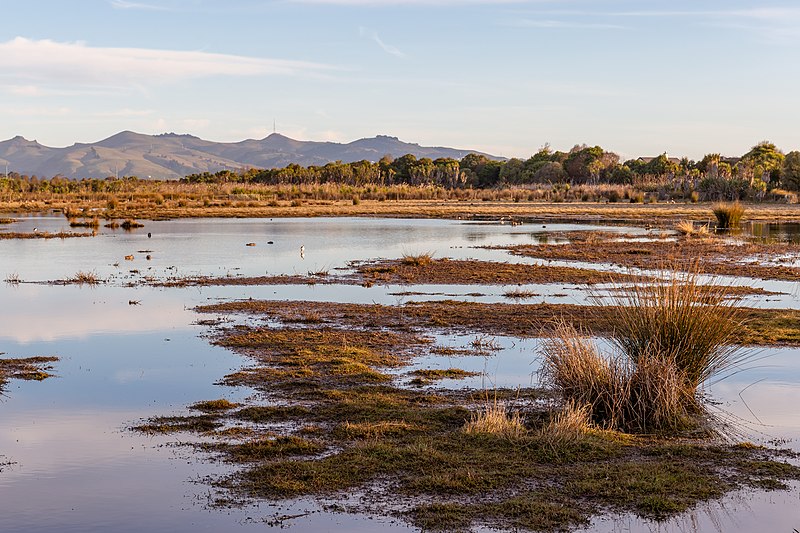Media release
From:
Journal/
conference: New Zealand Journal of Ecology
conference: New Zealand Journal of Ecology
Research:Paper
Organisation/s:
Manaaki Whenua - Landcare Research, University of Auckland, Department of Conservation, Collaborations, NZ
Funder:
We acknowledge Strategic Science Investment Funding for Crown Research Institutes from the New Zealand Ministry of Business, Innovation and Employment’s Science and Innovation Group.



 New Zealand
New Zealand


